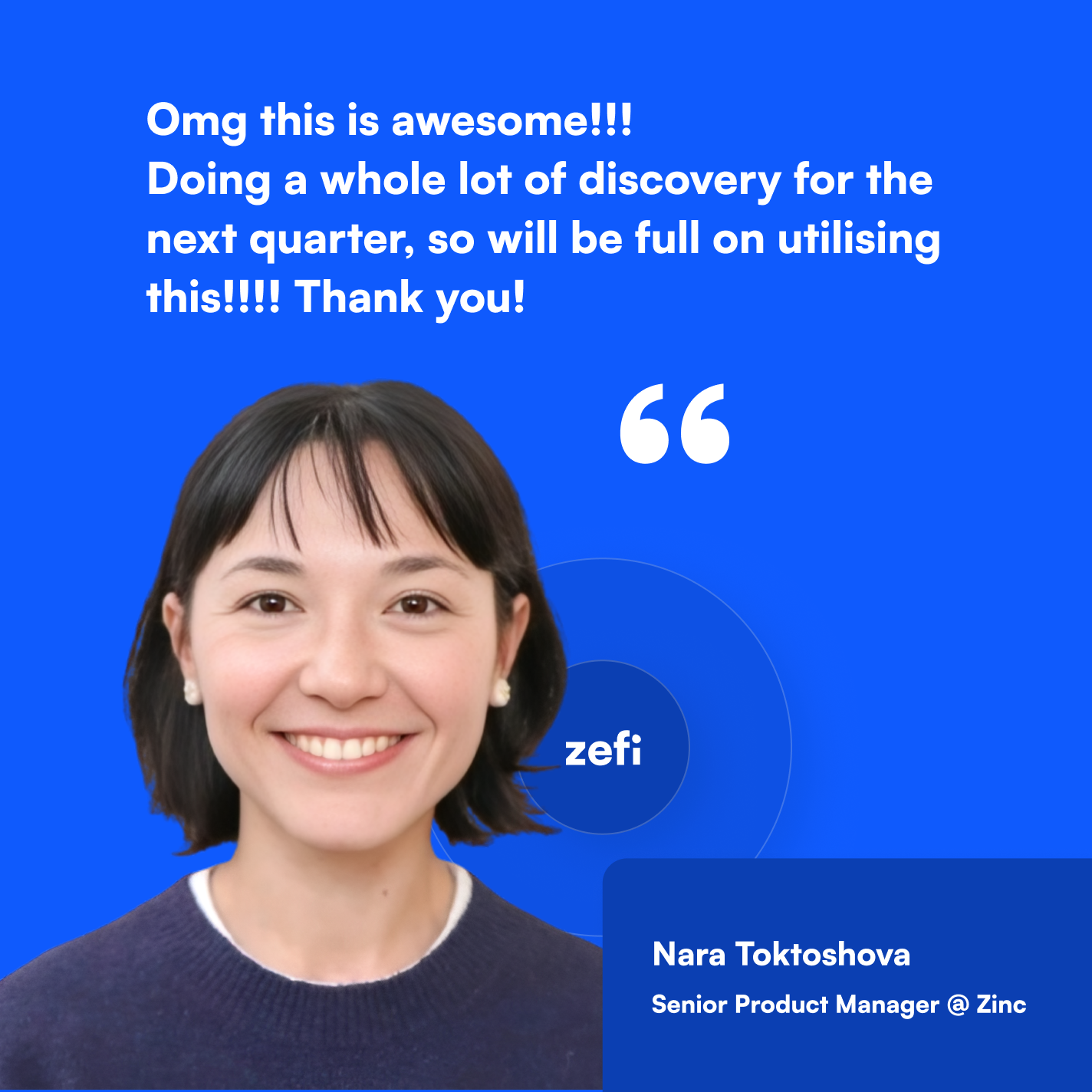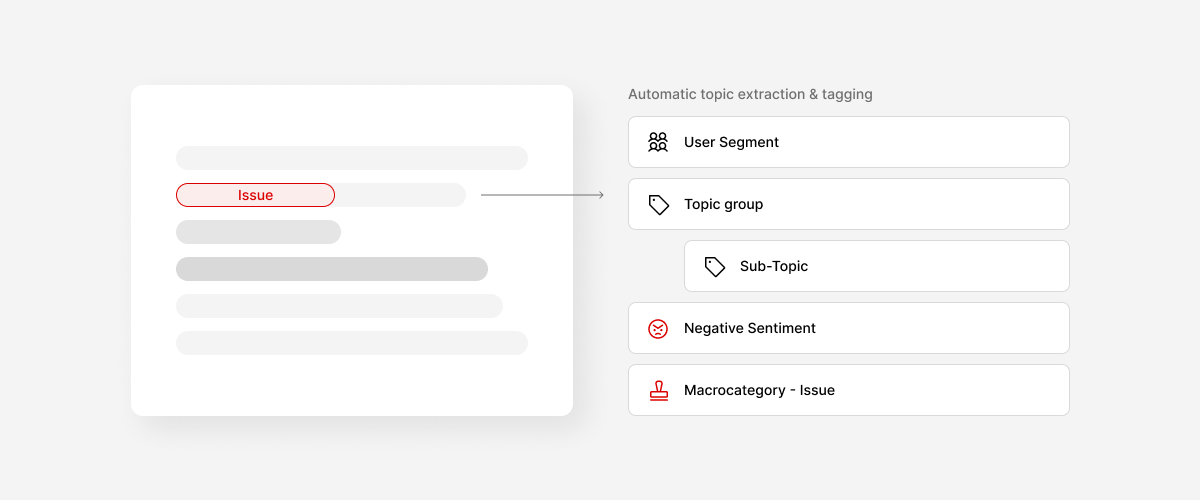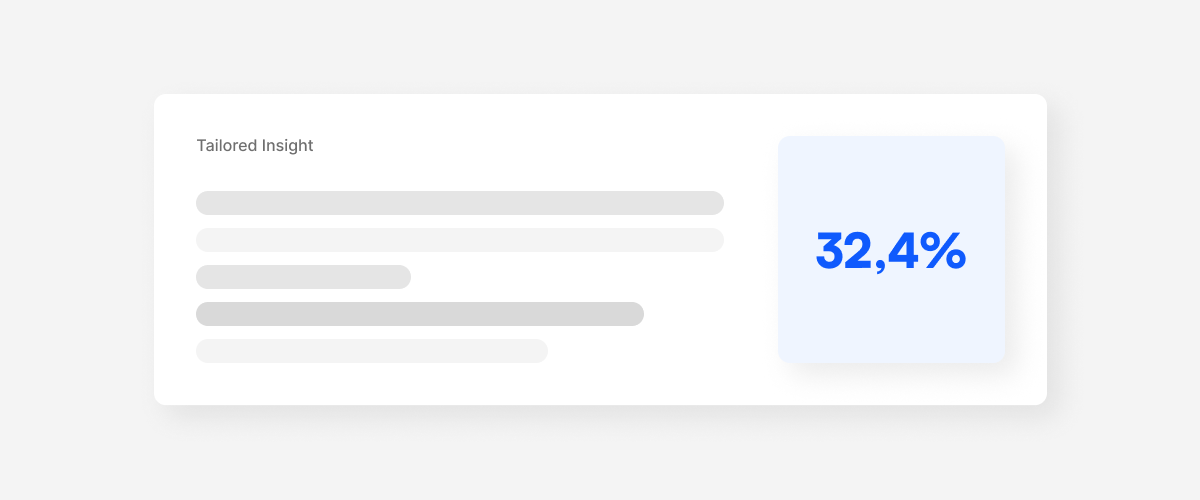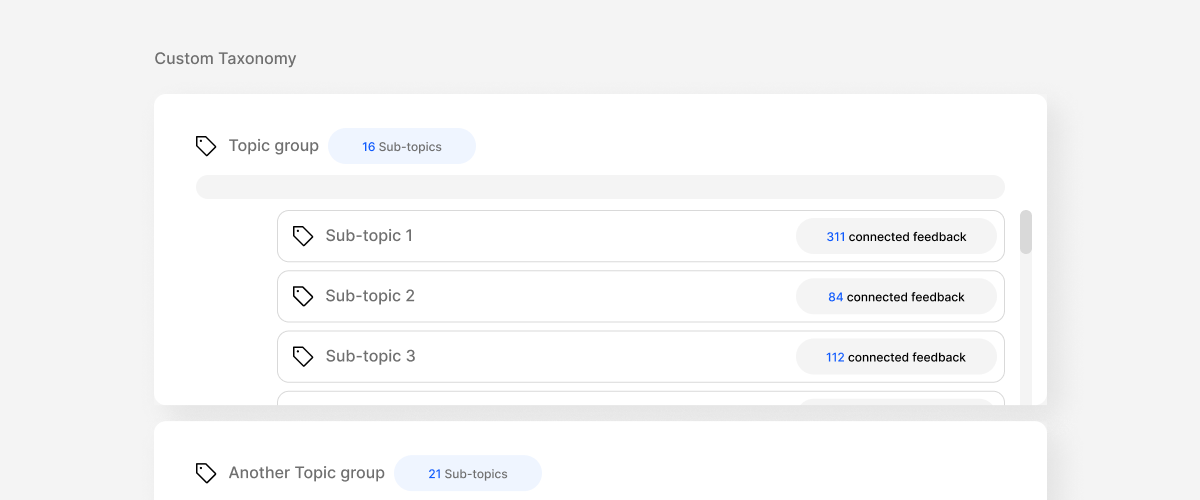Decoding the Product Owner: A Guide for Product Managers
The world of product development can be filled with intricate roles and responsibilities. Understanding the Product Owner position is crucial, especially for Product Managers who may collaborate with them.
What is a Product Owner?
Imagine a bridge connecting the Product Manager's vision to the development team's execution. That's the essence of a Product Owner. They focus on short-term delivery, translating the long-term vision into actionable tasks for the development team.
Responsibilities of a Product Owner:
- Product Backlog Management: The Product Owner is the guardian of the product backlog. They oversee its creation, organization, and communication to the development team, ensuring it prioritizes high-value tasks.
- Championing the Customer Voice: As the customer advocate, the Product Owner acts as a bridge, representing customer needs and ensuring the development team builds a product that meets those requirements.
- Crafting User Stories: Product Owners translate customer feedback into engaging and understandable user stories. These stories communicate the value proposition of features and guide development efforts.
- Collaborating with the Product Manager: While the Product Manager owns the overall product strategy, the Product Owner works closely with them, providing feedback and aligning development efforts with the roadmap.
- Aligning with the Product Roadmap: The Product Owner ensures that backlog items align with the product roadmap, keeping the development team focused on the right tasks at the right time.
Product Owner vs. Product Manager: Key Differences:
- Emergence: The Product Owner role originated in the 90s, while the Product Manager concept dates back to the 1930s with physical products.
- Focus: Product Managers have a strategic, long-term focus, while Product Owners handle short-term planning and delivery.
- Scope of Work: Product Owners primarily manage the product backlog, while Product Managers oversee the entire product lifecycle.
- Collaboration: Product Owners bridge the gap between the development team and other departments, while Product Managers manage a broader range of stakeholders.
- Seniority: In organizations with both roles, the Product Manager is typically the more senior position.
The Importance of Clear Communication:
While Product Owners are valuable allies, it's crucial for Product Managers to maintain direct communication with the development team. This ensures cross-functional alignment and avoids the risk of the Product Owner becoming a single point of contact.
Navigating the Job Market:
The term "Product Owner" can be ambiguous, and companies may use it interchangeably with "Product Manager" or other roles. When seeking product positions, carefully review job descriptions and inquire about the company's understanding of product roles to gain a clear understanding of their expectations.
By understanding the Product Owner role and its relationship to the Product Manager, you can navigate product development teams effectively and ensure a smooth journey from vision to execution.


































